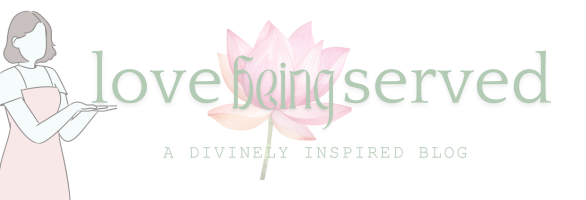Vegane Brettljausn

Welcome to day 3, Austrian cuisine plant-based. Austria’s culinary heritage is rich with hearty, flavorful dishes that have been passed down through generations. One of the most beloved traditions is the Brettljausn, a rustic and satisfying platter typically enjoyed in cozy mountain huts and Styrian Buschenschänken alike. Traditionally laden with meats, cheeses, and hearty breads, the Brettljausn is a symbol of Austrian hospitality and the most regional way of serving food to guests. But what if you could enjoy this classic feast in a way that aligns with a plant-based lifestyle? Enter the Vegane Brettljausn – my personal best tryout to recreate this cherished traditional meal.
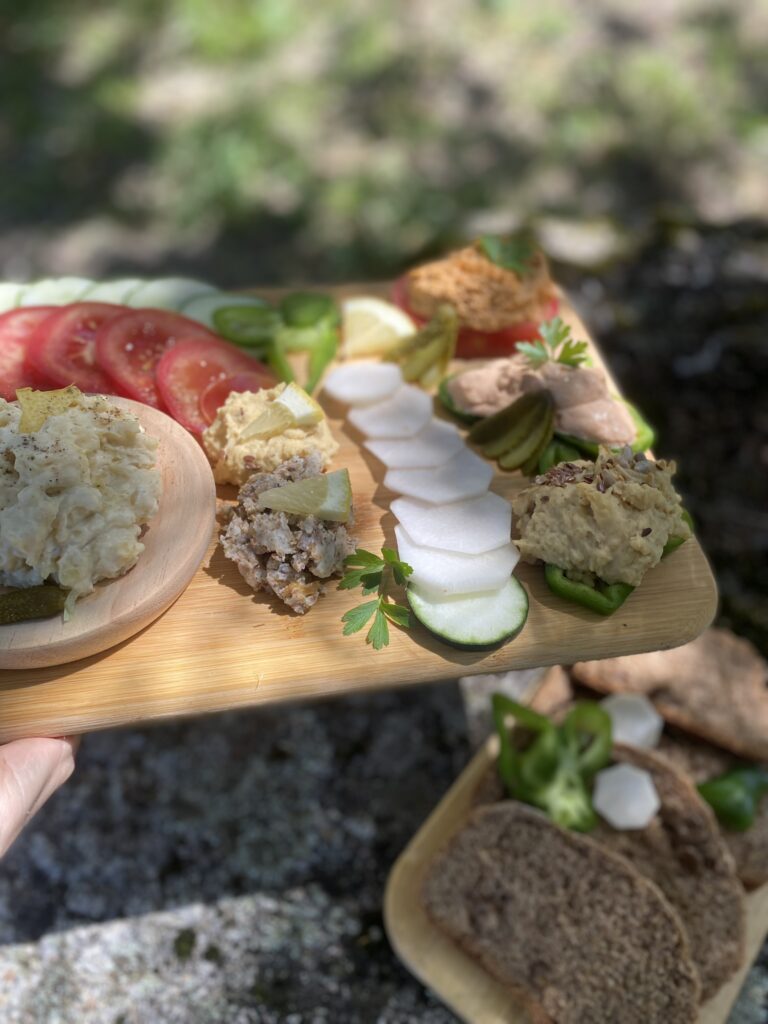
In this post, we’ll explore how to recreate the Brettljausn experience creating delicious vegan spreads that refer to traditional meat-based or traditionally vegetarian ones, served on a wooden board with fresh vegetables and a homemade whole-wheat walnut bread. This way, the Vegane Brettljausn offers a delectable journey into the heart of Austrian cuisine, all while staying true to a plant-based approach. Whether you’re a lifelong vegan, curious about plant-based eating, or simply looking for a new culinary adventure, this guide will help you craft a vegan Brettljausn that’s both authentic and innovative. Let’s dive into this delicious transformation and celebrate the art of vegan dining, Austrian style!
Components of this Vegane Brettljausn:
A fine selection of SPREADS (all of them are gluten free!)
- Apfel-Kräuter-Schmalz – a spread, similar to a Grammelschmalz, usually super greasy, but omg this vegan version is so much better and tastier!
- Liptauer – a classics on an Austrian spread tray, here with homemade vegan cream cheese!
- Erdäpfelkas – a spread made from potatos. Delicious!
- Leberaufstrich – a spread that comes close to what a meat-based Leberaufstrich tastes and looks like, made with Tofu, cooked lentils and smoked paprika powder.
- Rote-Linsen-Aufstrich – a red lentil spread.
Fresh raw vegetables and herbs
- Fresh vegetables such as cucumber, tomato, bell pepper, raddish.
- Fresh herbs – all that you can find in your garden.
A rustic bread (change to a gluten free bread if you are intolerant!)
- Homemade Bread – in this recipe we’ll try out a new bread recipe, made with walnuts and whole wheat flour. For your GLUTEN FREE Brettljausn substitute this bread with a gluten free bread!
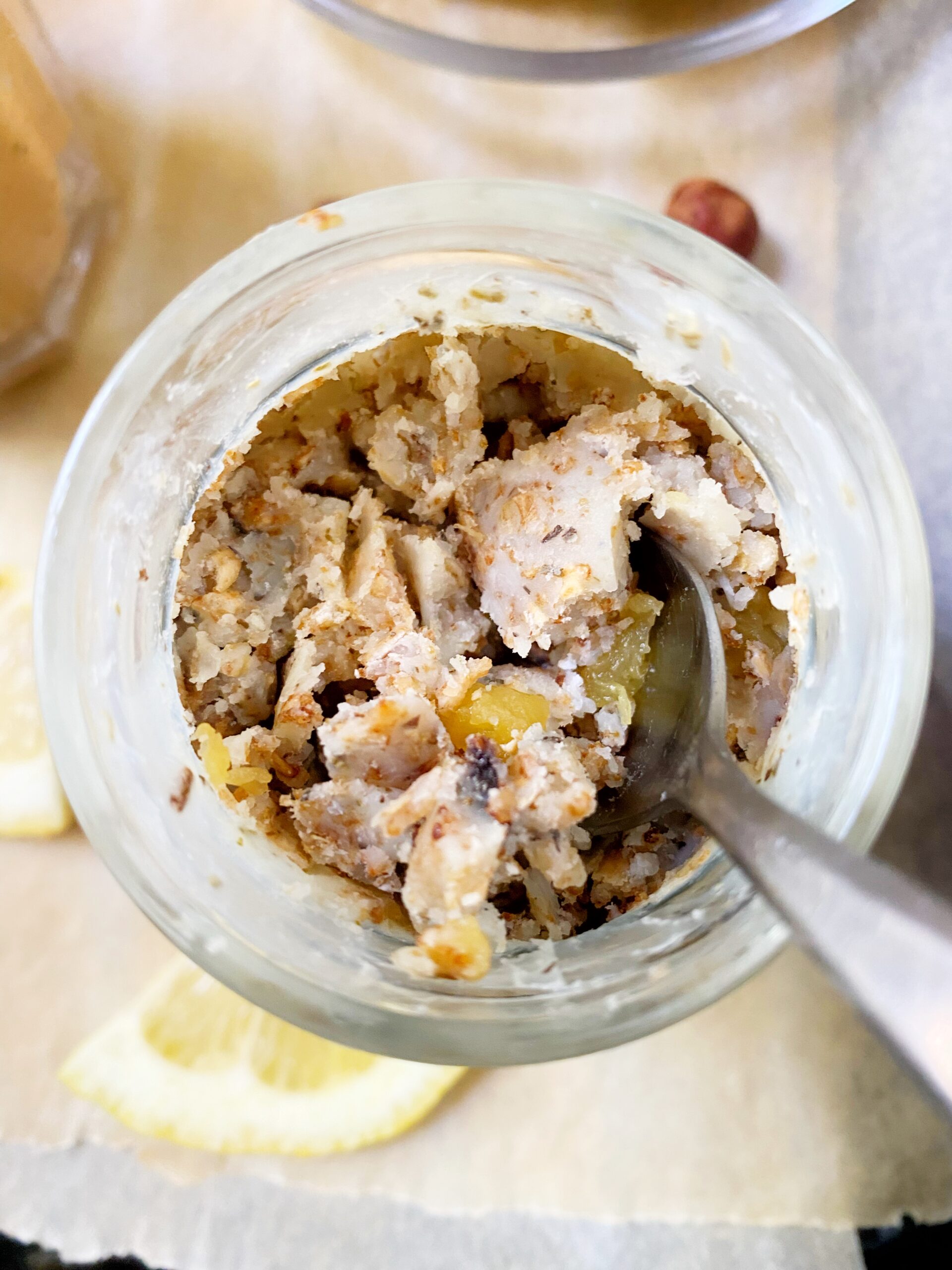
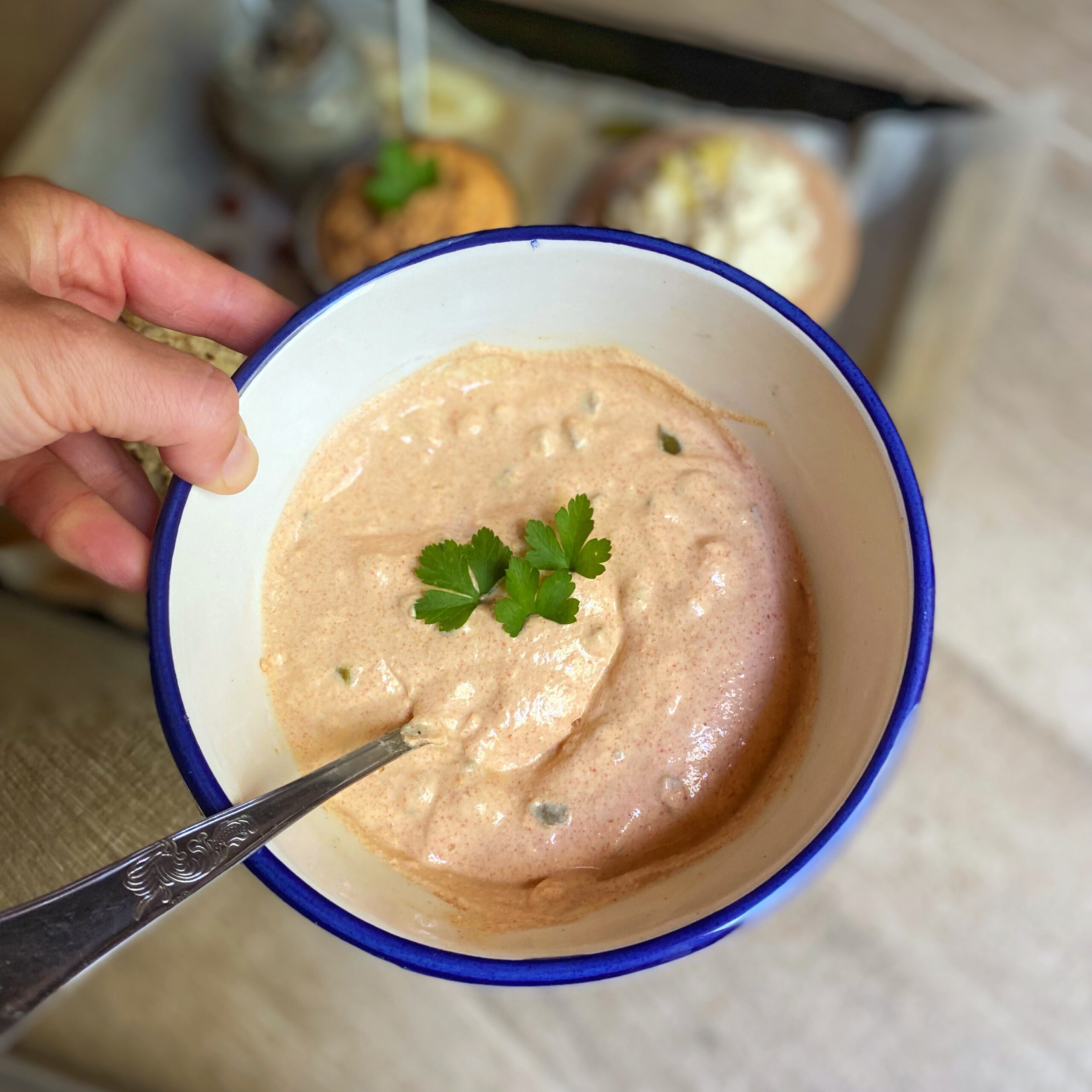

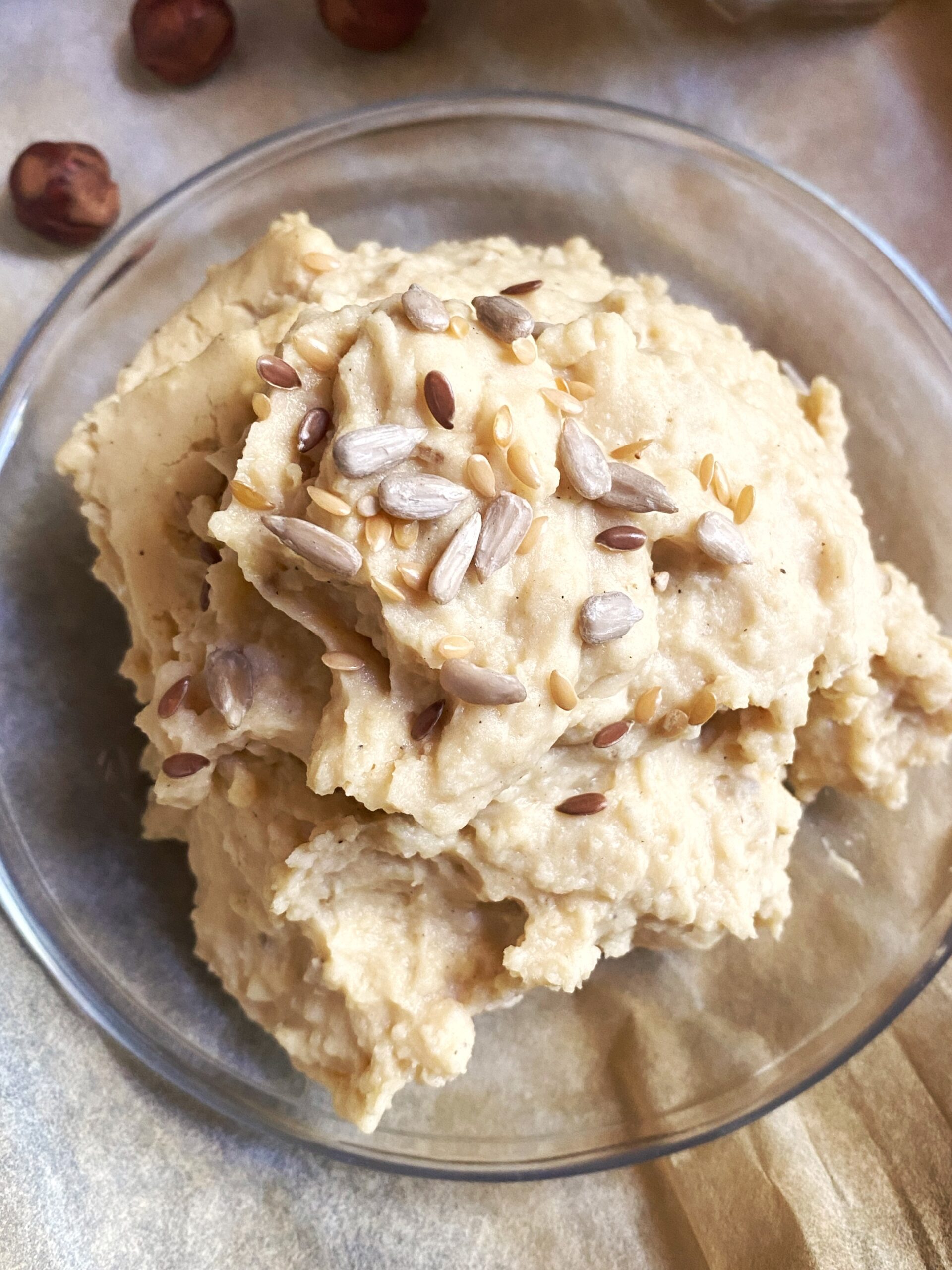
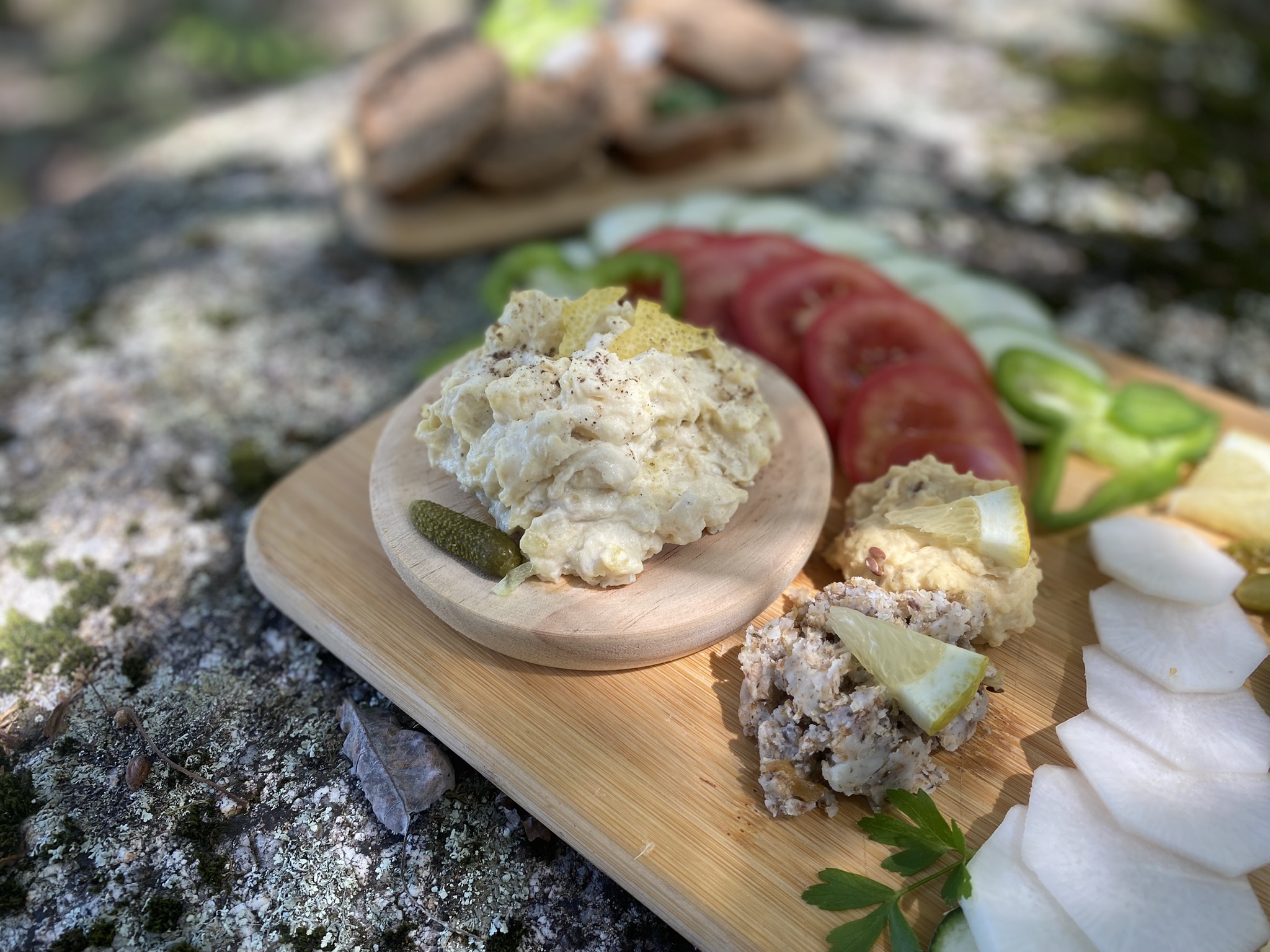
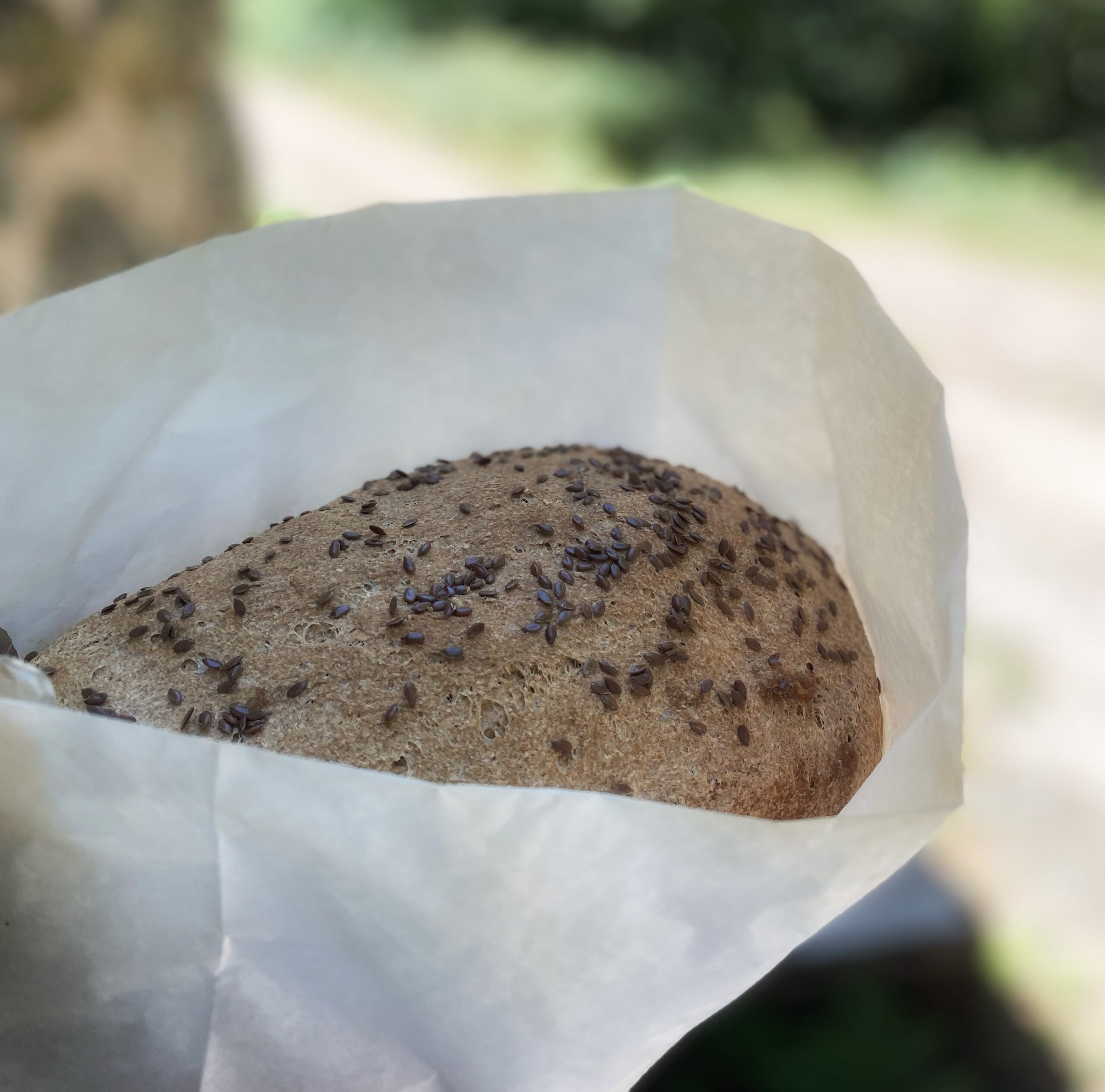
WHY NO ONION AND GARLIC?
As you might have realised, all my recipes are onion- and garlic-free. You might also wonder why. Let me share my approach:
I personally have always reacted very strongly and negatively to food that goes into the category “heat” and “spicy” like onion, garlic and pepperoni. They make my tongue, eyes and throat burn. This is primarily why I don’t cook with them. In Ayurveda, foods are categorized based on their effects on the mind and body. According to Ayurvedic principles, onion and garlic have a strongly activity increasing effect. This makes inner calmness and deep meditation much more difficult. Since my husband and me focus on our spiritual practice, on inner quietude and silence, abandoning onion and garlic was an obvious step. 🙂
Now, let’s get started!
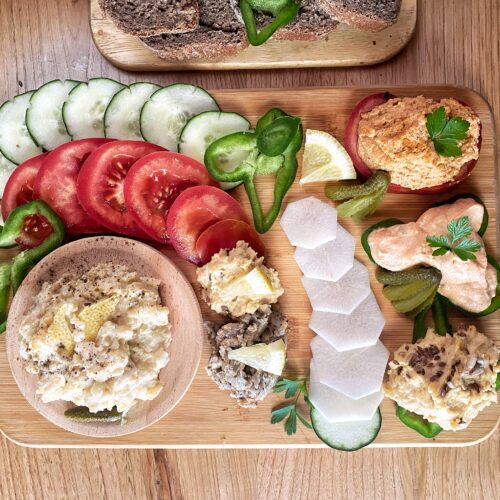
Vegane Brettljausn
Equipment
- 1 Blender
- 1 jar of 200 ml
- 1-2 wooden boards (cutting boards)
Ingredients
For the Homemade Walnut Bread
- 450 ml water handwarm
- 4 g active dry yeast
- 1,5 tbsp salt
- 1,5 tbsp bread spice or coriander seeds
- 500-600 g whole flour some more for kneading
- 1 handful walnuts, roughly chopped
- 1 tbsp lineseeds
For the Apfel-Kräuter-Schmalz
- 1/2 small apple
- 4 tbsp rolled oats
- 2 tbsp sunflower oil
- 1/2 tsp salt
- 1,5 tbsp herbes de Provence
- 2 tbsp soy sauce
- 8 tbsp coconut oil
For the Erdäpfelkas
- 4 small to medium potatos
- 3-5 tbsp (homemade) vegan cream cheese see notes for the link to my recipe
- 2 tbsp lemon juice
- fresh herbs, chopped eg. parsley, thyme
- salt and pepper
For the Liptauer
- homemade cream cheese from 1 liter plant milk see notes for the link to the recipe
- 2 tbsp plant butter handwarm
- 4-6 tsp paprika powder
- 1 pinch dijon mustard
- salt and pepper
- lemon juice to taste
- 5 gherkins finely chopped
For the Leberaufstrich
- 120 g firm tofu if you cannot find smoked paprika powder, use smoked tofu instead!
- 1 tsp smoked paprika powder if you use smoked tofu, use normal paprika powder
- 4 tbsp cooked lentils
- 2 tbsp tomato paste
- 3,5-4 tbsp neutral oil
- 1 tsp salt
- 1/2 tsp mustard
- 3/4 tsp dried herbs
- ca. 4 tbsp water
- pepper to taste
For the Rote-Linsen-Aufstrich
- 3/4 cup red lentils
- 1/2 tbsp lemon juice
- 3/4 tsp salt
- 2 tbsp (olive) oil
- 3/4-1 tsp cumin
- 1 pinch dijon mustard
- 1,5 rice cracker for more texture (optional)
For the garnish
- fresh vegetables of choice, sliced tomatos, cucumbers, bell peppers, raddish etc.
Instructions
Prepare the bread
- In a large mixing bowl, dissolve the dried yeast and salt in the water. Use water that is around 110°F (43°C) to activate the yeast. Stir gently to combine. Add the flour and the spices. Knead well. Try to see how much flour your dough needs. It can vary distinctly from type of flour to type of flour. It should lie compact and not sticky in your hand when you knead it. Knead the dough by hand for 5 minutes. Note: I realized that this bread turns out a bit crumbly, while the flavor is beautiful! This is why I had changed it and replaced a little bit of the whole wheat flour by white flour to prevent it from getting crumbly. However, it turned out that this makes the whole bread flavor change – in my opinion not to the better. Please try and see how it works best for you!
- Place the dough back into the bowl, cover with clingfilm or a plate and let rise until double of size (1-2 hours).
- Gently loosen the dough from the sides of the bowl with your finger and softly fold in the walnuts. Knead until the walnuts are well incorporated.
- Grease and dust a bread form (if you use a silicon form, skip this step). If you have no form at hand, do it the way I do it and create your own with baking paper. note: This self-made form on the picture here has one alu side, but this proofed suboptimal as the alu works itself into the bread and getting it out again was difficult… Now I make it with baking paper only and it works very well like this too! Just make sure that you place it in a oven dish or on a oven tray and put an oven proof pot or similar next to it to prevent the dough from stretching to the sides. We want it to rise to the top!

- Place the dough into the form. Brush the surface slightly with water, sprinkle with the lineseeds. Let the dough rest for another 30 minutes to 1 hour.
- Preheat your oven to 190°C (375°F). Once preheated to the right temperature, place the bread into the oven (electric oven middle, gas oven with only lower heat to the top). After a minute, open the oven and pour half a cup of water onto the bottom and close rapidly. This will create a nice steamy environment for a good crust. Bake the bread until done (in case of doubt, use a toothpick to check if the dough inside is still sticky or not). The surface should be nicely golden brown. The baking time varies from oven to oven and bread to bread. I can only give an approximate baking time of 35-45 minutes. Take the bread out of the oven and let cool down completely.
Prepare the Apfel-Kräuter-Schmalz
- Cut the apple in small pieces. In a saucepan, fry the rolled oats in the sunflower oil for ca. 3 minutes, stirring constantly. Add the apples, the herbs and the salt, fry for another 2 minutes. Take the saucepan off the heat. Add the soy sauce. Place back on low heat and let simmer for ca. 30 seconds. Be careful, the soy sauce burns fast!
- Take the saucepan off the heat. Stir in the coconut oil, until fully melted. Fill the mixture into a heat-proof jar with lid. It should fill a jar of 200 ml. Set aside to cool down. Then place into the fridge to set.
Prepare the Erdäpfelkas
- Boil the potatos with peel until cooked (depending on the size of your potatos, 15-20 minutes). Drain, let cool down a little and peel the potatos when still warm.
- In a bowl, mash the potatos roughly with a fork. Add the other ingredients, incorporate well. Season with salt and pepper to taste. Cover well and place into the fridge.
Prepare the Liptauer
- Mix the cream cheese, the paprika powder, the butter and the mustard in a blender until smooth. If your butter is nicely soft, a hand mixer will do the job too. Transfer the spread into a bowl.
- Add the gherkins, the lemon juice or some gherkin liquid until your spread tastes the way you like it. Season with salt and pepper to taste.
Prepare the Leberaufstrich
- In a blender (if you have, use a high speed blender!), blend all the ingredients together until smooth. If the mixture is too thick, add some more water. It should give a nice liver-spread-like texture. Season with pepper and salt to taste.
Prepare the Rote-Linsen-Aufstrich
- See that the red lentils are well drained and rinsed. Let drop off all excessive water. Mix the lentils in a blender with the other ingredients until smooth. For a saltier taste, add some more salt.
Prepare the Brettljausn
- Now let's bring all these nice things together on a board or two!First cut the vegetables in slices. Now place the spreads and vegetables on your board. Depending on the size of your board, you might want to take two seperate ones to serve 4 people. Dare to make your own composition!Decorate with some herbs, lemon slices or whatever you find fits onto your Brettl.
- Serve the Brettljausn with your homemade bread.
